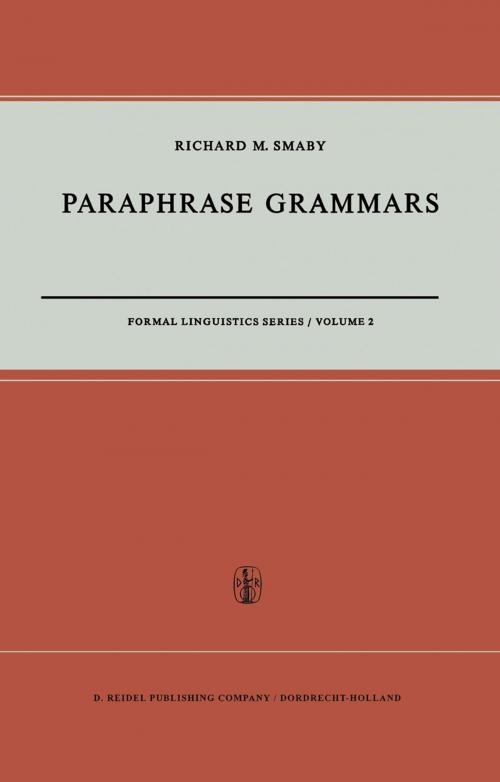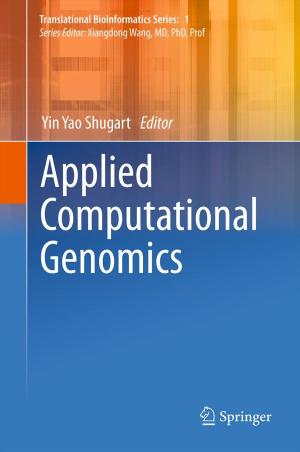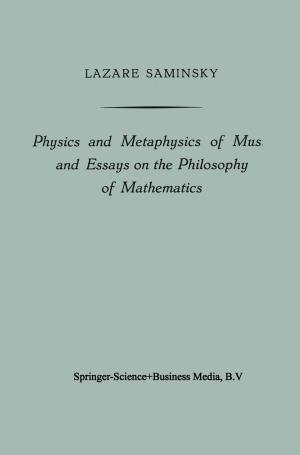Paraphrase Grammars
Nonfiction, Reference & Language, Language Arts, Grammar, Computers, Advanced Computing| Author: | R.M. Smaby | ISBN: | 9789401033381 |
| Publisher: | Springer Netherlands | Publication: | December 6, 2012 |
| Imprint: | Springer | Language: | English |
| Author: | R.M. Smaby |
| ISBN: | 9789401033381 |
| Publisher: | Springer Netherlands |
| Publication: | December 6, 2012 |
| Imprint: | Springer |
| Language: | English |
The recent rapid development of transformational grammars has incorpo rated some strong claims in the areas of semantics and co-occurrence. The earlier structuralists relied on a minimum of information about the meaning of strings of a language. They asked only if strings of sounds were different in meaning - or simply were different words or phrases. Current transfor mational grammars, on the other hand, set as their goal the production of exactly the meaningful strings of a language. Stated slightly differently, they wish to specify exactly which strings of a language can occur together (meaningfully) in a given order. The present book purports to show that transformational grammar is in dependent of the current trends in semantics. I claim that exciting and sophisticated transformational grammars are required for describing when strings of a language mean the same, that is, for describing when strings of a language are paraphrases of each other. This task can be quite naturally limited to a project of much weaker semantic claims than those which are current in transformational linguistics.
The recent rapid development of transformational grammars has incorpo rated some strong claims in the areas of semantics and co-occurrence. The earlier structuralists relied on a minimum of information about the meaning of strings of a language. They asked only if strings of sounds were different in meaning - or simply were different words or phrases. Current transfor mational grammars, on the other hand, set as their goal the production of exactly the meaningful strings of a language. Stated slightly differently, they wish to specify exactly which strings of a language can occur together (meaningfully) in a given order. The present book purports to show that transformational grammar is in dependent of the current trends in semantics. I claim that exciting and sophisticated transformational grammars are required for describing when strings of a language mean the same, that is, for describing when strings of a language are paraphrases of each other. This task can be quite naturally limited to a project of much weaker semantic claims than those which are current in transformational linguistics.















